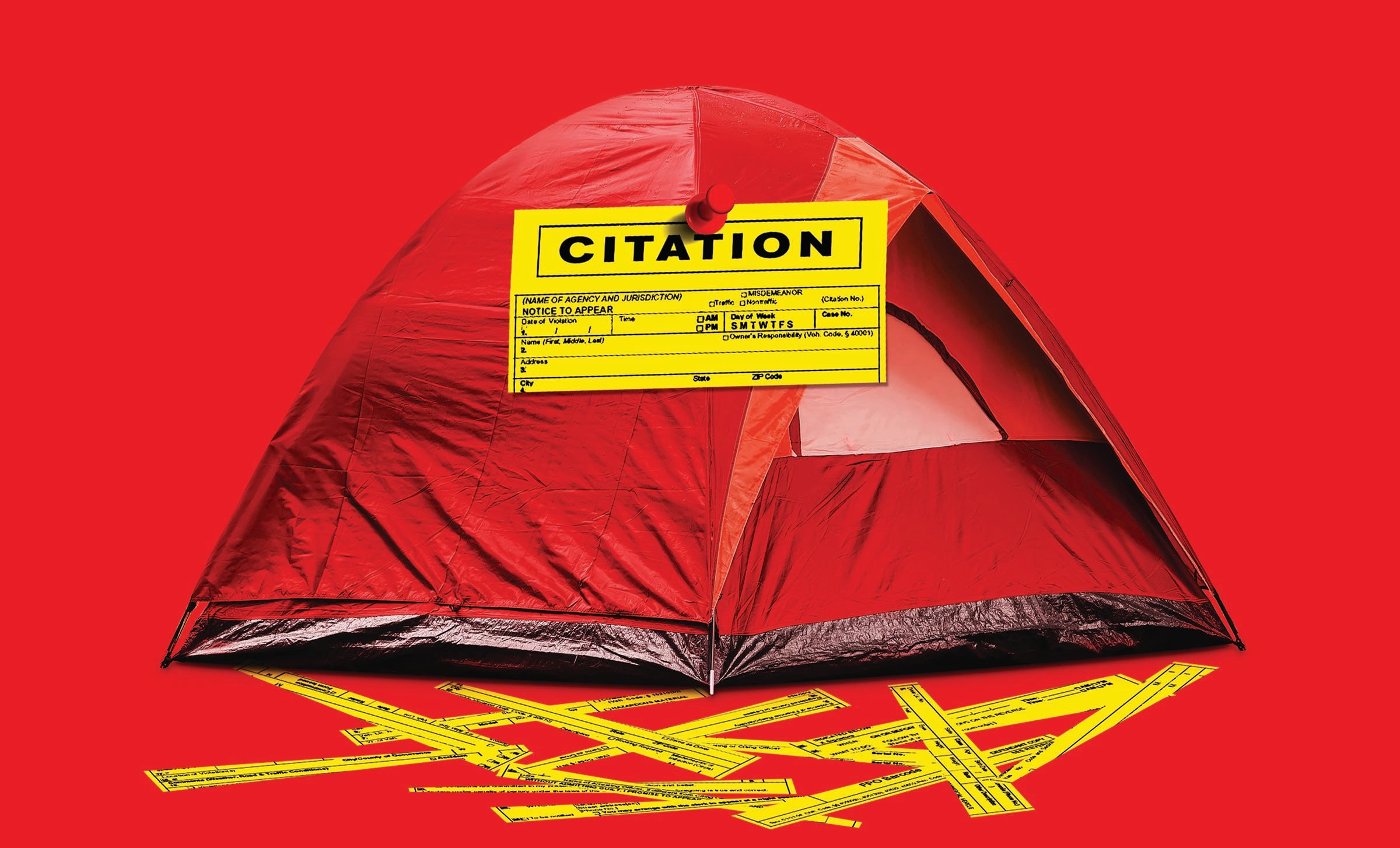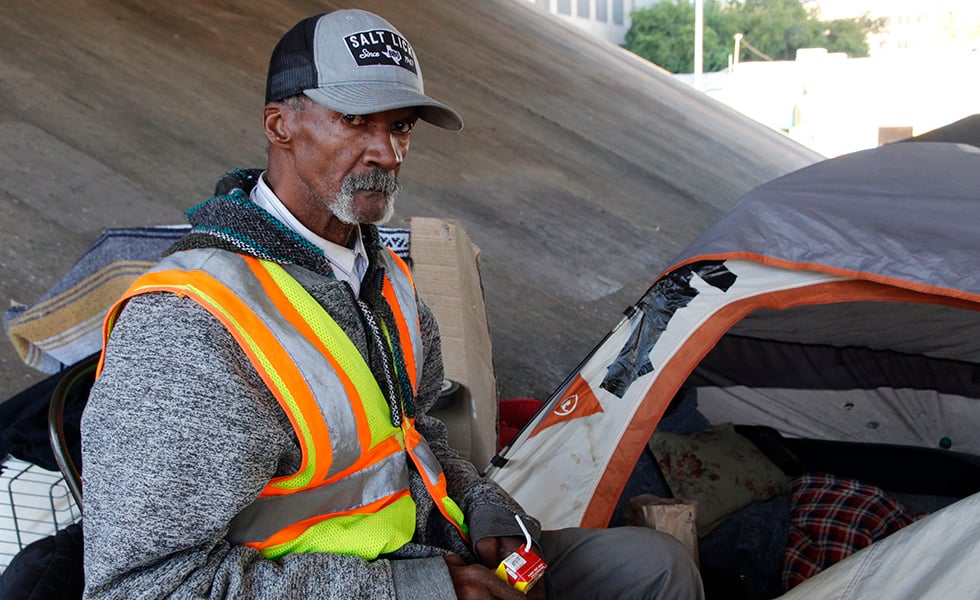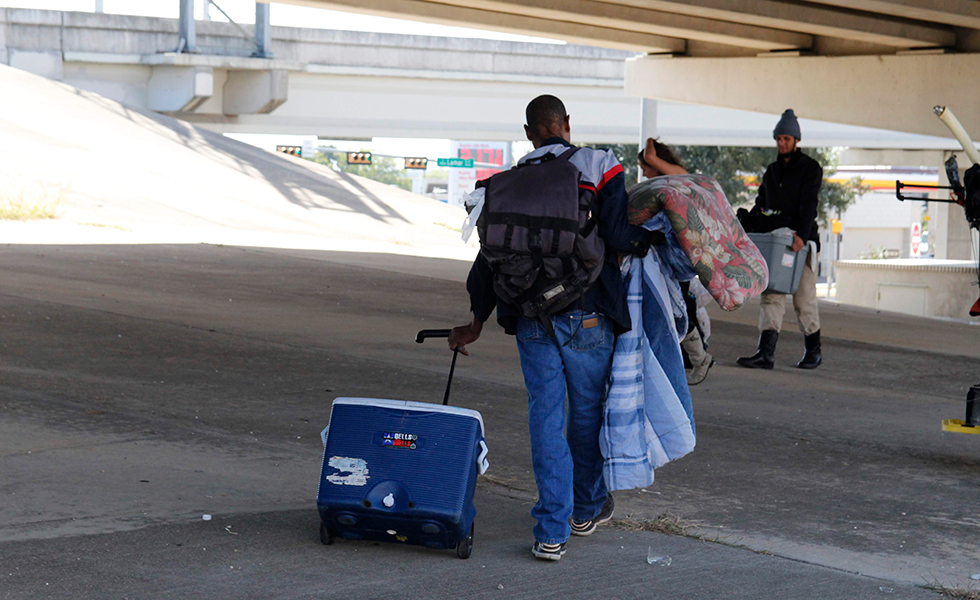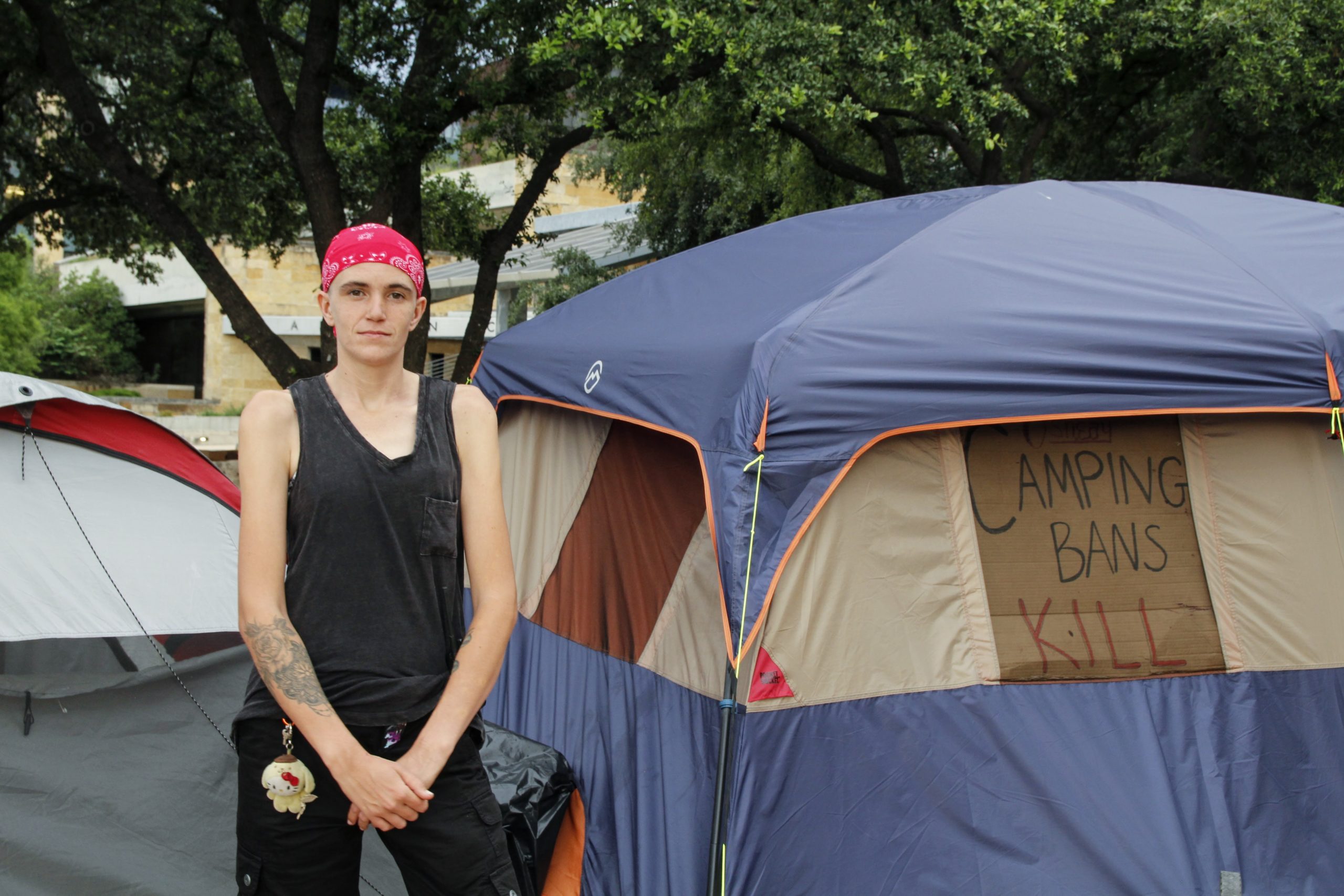
As Homeless Camping Drama Rages, Protestors Camp Outside Austin City Hall
“What they want is to push us back to where they don’t see us anymore.”

Above: Trisha English outside of City Hall in Austin, Texas.
Samantha “Sunshine” Conley was homeless before Austin rolled back its citywide camping ban in 2019. She was homeless for the brief interim that the repeal lasted, and—if nothing changes soon—she’ll still be homeless when the police begin arresting the city’s unhoused for camping again. Over the years, she’s pitched a tent all over the city, sometimes in the open and sometimes hiding in the woods. Now, she’s joined a different sort of camp: A protest occupation of some 50 tents lining the perimeter of Austin City Hall since early this month.
Conley, 34, recalls how the policy shifts played out on the streets. Before summer 2019—when the city council decided to allow camping in a number of areas including highway underpasses—she stayed in hidden crannies of the city. After the policy change, it became safe to pitch a tent under I-35 near downtown, where the overpass offers rain protection and visibility is high. “Since we’ve been more out in the open, they’ve housed more people; when you see us, you’re forced to help,” she said last Tuesday on the City Hall steps.
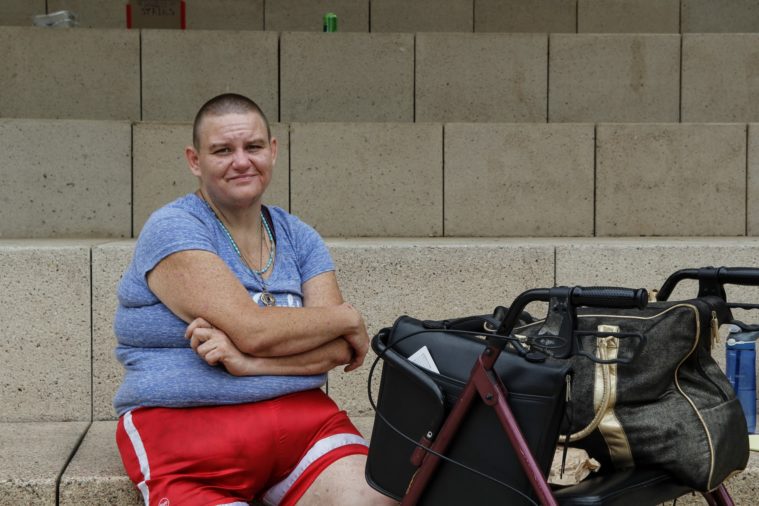
On May 1, though, Austin voters approved a ballot proposition, spurred by conservatives and Texas Republicans and aided by sensationalist local TV news coverage, to reinstate the city’s old camping ban, along with two other policies that restrict panhandling and sitting or lying down in Central Austin. Between 2000 and 2019, tens of thousands of tickets were issued under those policies, with the vast majority becoming warrants. “What they want is to push us back to where they don’t see us anymore,” Conley says. “But it’s gonna be just like before: They’re gonna overload the jails, then they’re gonna stop the ban because there are more dangerous people out there than the homeless.”
Austin police have laid out a multi-stage plan for enforcement of the revived camping ban: education and outreach through early June, with tickets and arrests potentially starting later in the summer. In a statement, a city spokesperson said: “This phased implementation applies equally to anyone who may be camping around City Hall in violation of [the ban].”
Conley, who’s been homeless in Austin on and off since she was a teenager, says the way to get the protestors to leave City Hall is simple: “If you want us to leave, start housing us.”
The City Hall protest began shortly after the May 1 vote with a few housed activists pitching tents for a demonstration, says Morgan Longoria, who works with the LGBTQ rights group Little Petal Alliance. Then, unhoused Austinites living at camps just across the road and down the street showed up to support, expressing interest in forming an Occupy-style camp. Now, the majority of campers on-site are unhoused individuals.
Longoria is formerly homeless herself. “When I was unhoused, it was before the camping ban was lifted, and it was a nightmare,” she says. “When I needed help [in the woods], there was no one around. … We just need more time to house people.”
As the city struggles to figure out how to proceed, legislators just up the road at the state Capitol are working to make sure no Texas city can ever try to decriminalize homeless camping again.
House Bill 1925 passed the Senate last week with bipartisan support and is likely to take effect September 1. The measure would create a statewide Class C misdemeanor for camping in public, which would include napping under a blanket. The measure is largely redundant in the state’s big cities, including Austin after the May ballot measure, which maintain various anti-camping ordinances. But smaller towns often don’t have such policies on the books. HB 1925 would also require state approval for any sanctioned—meaning legally authorized—homeless campsites and forbid such camps in public parks. Finally, it would allow the state attorney general to sue any city that refuses to enforce its camping ban. If the state prevails in court, cities could lose state grant funding for a year.
Meanwhile, Austin City Council is looking at locations for sanctioned camps with basic infrastructure and services, where people can relocate as the ban unfolds. Two years ago, the city declined to take similar action on the grounds that it would waste money that could go to permanent housing. It also said that such camps, while supposedly temporary, tend to become intractable.
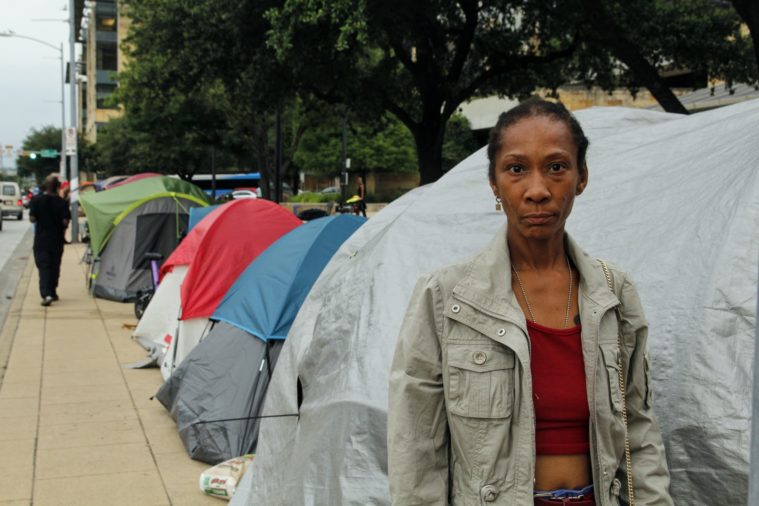
Last week, city staff released a preliminary list of some 45 possible camp locations. Early signs suggest intense opposition from neighborhoods where the camps might be created. City Council members themselves pushed back against certain spots during the meeting; the main group that pushed the camping ban reinstatement took to social media to condemn the list out of fear the camps would infringe on parks or be near schools. Austin has one sanctioned camp currently, a 7-acre site in far Southeast Austin, a two-hour walk from downtown, opened by the governor in late 2019. A nonprofit working at the site says it is full.
The city’s traditional homeless shelters tend to be full too, and many on the streets avoid traditional shelters due to rules banning pets, segregating by sex, or curfews.
One unhoused City Hall protestor, Trisha English, says sanctioned camps should be centrally located and provide private security and storage options, along with “food, water, clothes, and hygiene”—conditions the city appears to be planning to provide. For Conley, moving to a sanctioned campsite would be an option if it’s close to downtown, where she volunteers at a Presbyterian church, and if “they’re actually helping people with medical needs and getting people housed.”
